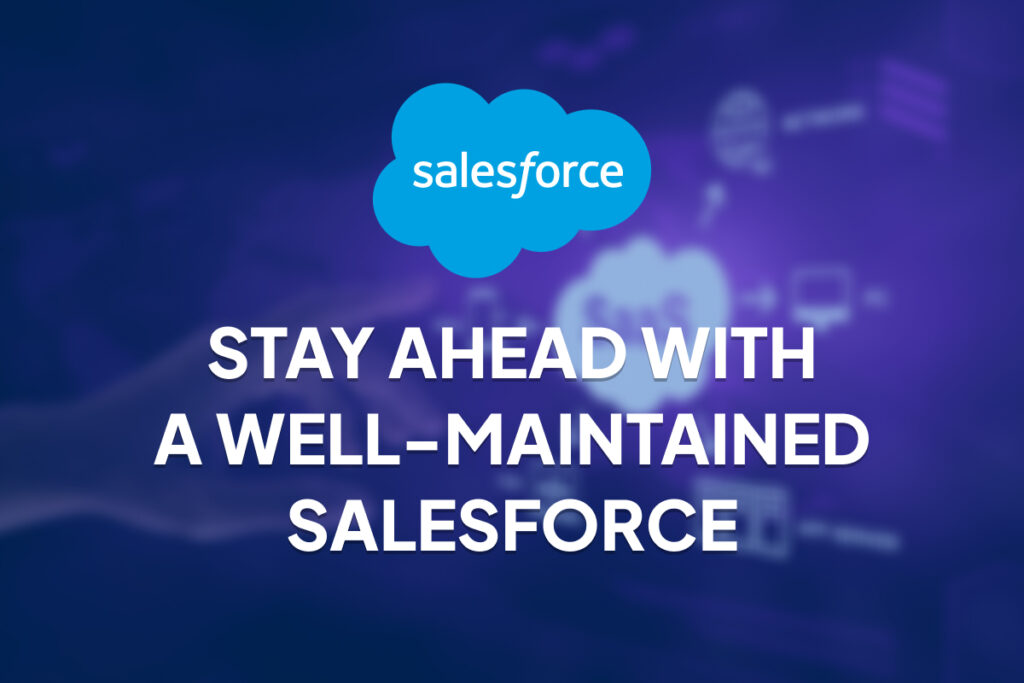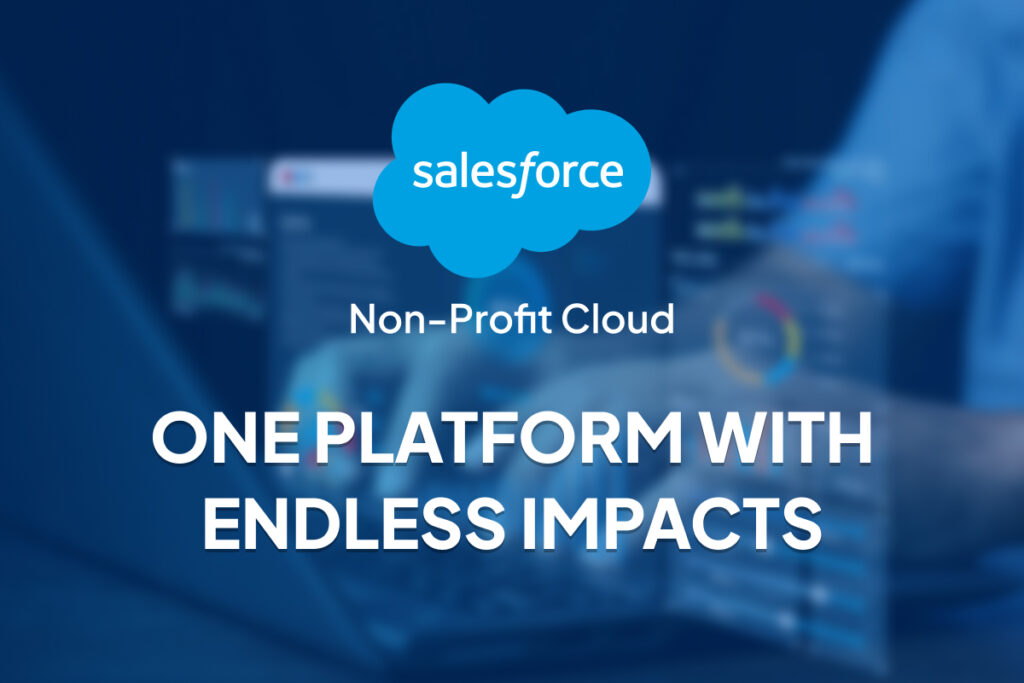Salesforce for Nonprofits: A Guide to Ongoing Maintenance and Support

Salesforce provides nonprofits with the tools to fundraise smarter, engage donors, and deliver meaningful impact. But never mistake it for a “set-it-and-forget-it” system: to keep it smoothly running and to get the most from Salesforce, organisations must actively manage it, update records, and fine-tune workflows. A well-maintained Salesforce builds trust in your data, keeps staff […]
Salesforce Nonprofit Cloud:The Future of Nonprofit Success

Salesforce Nonprofit Cloud is a complete CRM equipped with a comprehensive set of integrated tools and applications built on the Salesforce platform. It is a unified platform designed specifically for nonprofit organizations to streamline their operations, like fundraising, donor management, delivering programs, and measuring impact. By bringing data together, it enables nonprofits to work more […]
